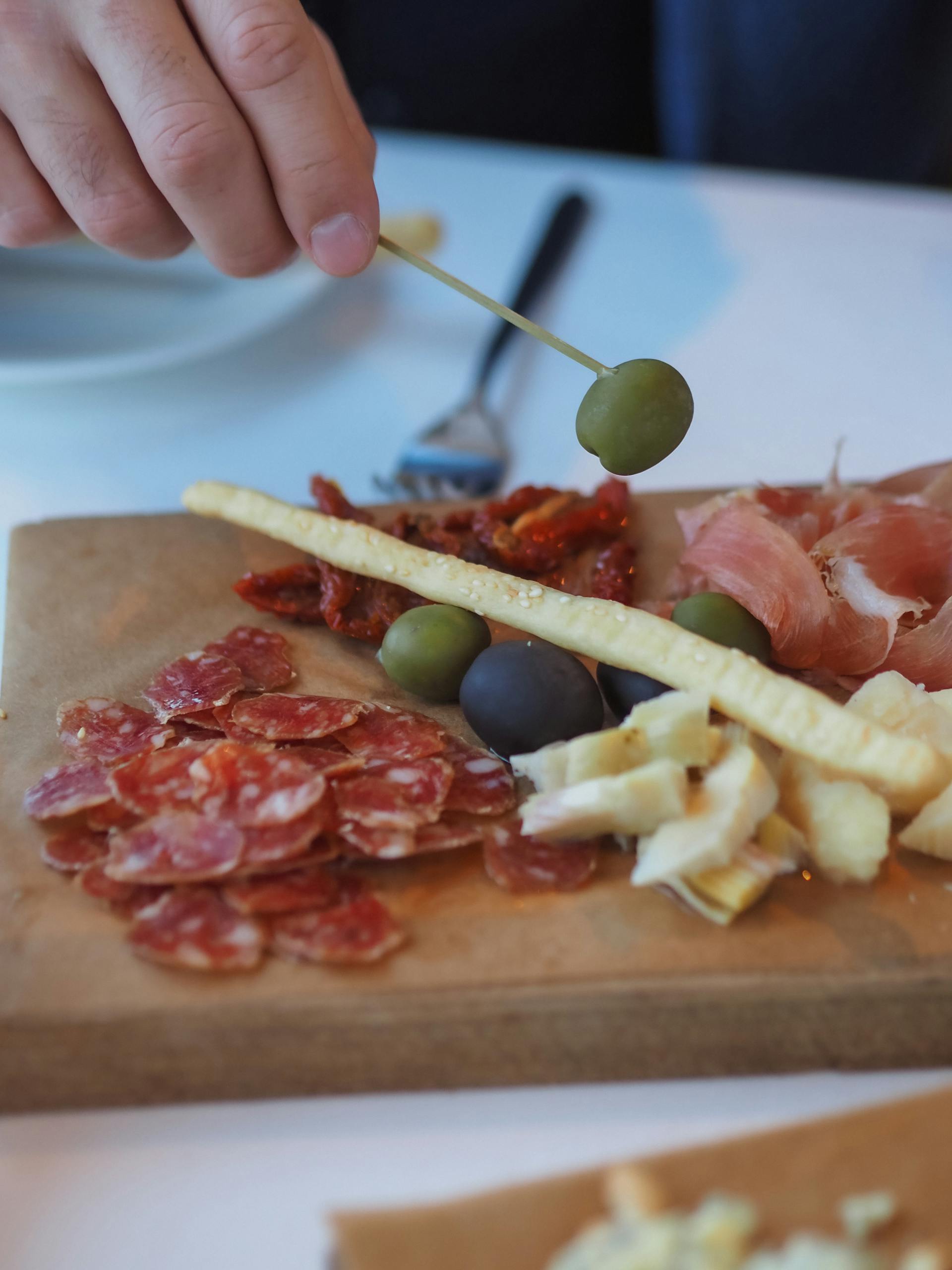
Introduction
American artisanal charcuterie has seen a resurgence in recent years, with small-batch producers embracing traditional methods while experimenting with local flavors. Across the country, regional variations and innovative techniques are elevating cured meats into a celebrated craft.
A Brief History of American Charcuterie
Though charcuterie has European roots, America has developed its own spin on cured meats. Early settlers brought techniques from Italy, France, and Spain, which have evolved into a rich, diverse tradition.
Key Regional Specialties
The diverse geography of the U.S. has given rise to regional charcuterie styles:
Southern Charcuterie: In the southern United States, charcuterie is heavily influenced by barbecue culture and traditional smokehouse methods. Cured pork sausages, smoked hams like *country ham*, and spicy andouille are staples. Producers in states like North Carolina, Tennessee, and Kentucky are known for their flavorful, rich offerings.
Pacific Northwest: Artisans in Oregon and Washington are known for their use of locally sourced game meats and sustainable farming practices. Meats like elk and venison are often used, with a focus on organic and grass-fed animals. The damp, cool climate is ideal for slow curing.
California: The wine country region has fostered a love for artisanal charcuterie paired with fine wines. Producers experiment with wine-infused salami, fig-stuffed terrines, and bold blends of herbs, reflecting the state’s Mediterranean climate and fresh ingredients.
Emerging Trends in American Artisanal Charcuterie
- Sustainability and Ethical Sourcing: A significant trend in American charcuterie is the focus on sustainable and ethically sourced meats. Consumers are increasingly interested in knowing where their food comes from, with many producers emphasizing organic farming, free-range animals, and environmentally friendly curing practices.
- Creative Flavor Profiles: Modern American charcuterie makers are blending traditional European methods with bold, inventive flavors. Expect to find unique ingredients like bourbon, applewood smoke, chili peppers, and even truffle-infused meats.
- Cured Game Meats: In recent years, there has been a rise in the popularity of cured game meats such as elk, venison, and wild boar. These meats offer a unique flavor profile and are becoming sought after by charcuterie enthusiasts.
Local Ingredients, Global Influence
American artisans are drawing inspiration from European techniques while adding local twists, such as incorporating region-specific spices, herbs, and woods for smoking. The result is a charcuterie culture that is both globally inspired and locally grounded.
American Charcuterie in the Spotlight
Craft charcuterie is no longer a niche product. Thanks to a growing appreciation for farm-to-table practices and a desire for high-quality, small-batch products, artisanal charcuterie is becoming more widely available in specialty shops, farmers’ markets, and restaurants across the U.S.
Pairing American Charcuterie
Just like with European charcuterie, pairing is essential for fully appreciating the flavors of American artisanal meats:
- Wine: California wines such as Zinfandel or Pinot Noir pair beautifully with charcuterie from the region, offering balance between the rich, savory meats and fruity, bold wines.
- Beer: The craft beer movement has also found synergy with charcuterie. Pair strong ales or IPAs with spicy sausages or smoked hams to enhance the flavor experience.
- Cheese: American artisanal cheeses, particularly from regions like Wisconsin and Vermont, are great companions for local charcuterie. Sharp cheddars, blue cheese, or soft goat cheese can be paired based on the intensity of the meats.
Conclusion
American artisanal charcuterie is thriving, with producers around the country blending tradition and innovation to create unique, flavorful cured meats. Whether it’s a Southern smoked ham or a West Coast wine-infused salami, the diversity of American charcuterie reflects the country’s varied landscape and culinary heritage. As trends continue to evolve toward sustainability and bold flavor combinations, American charcuterie will only continue to grow in popularity, offering delicious, handcrafted products to meat lovers everywhere.



